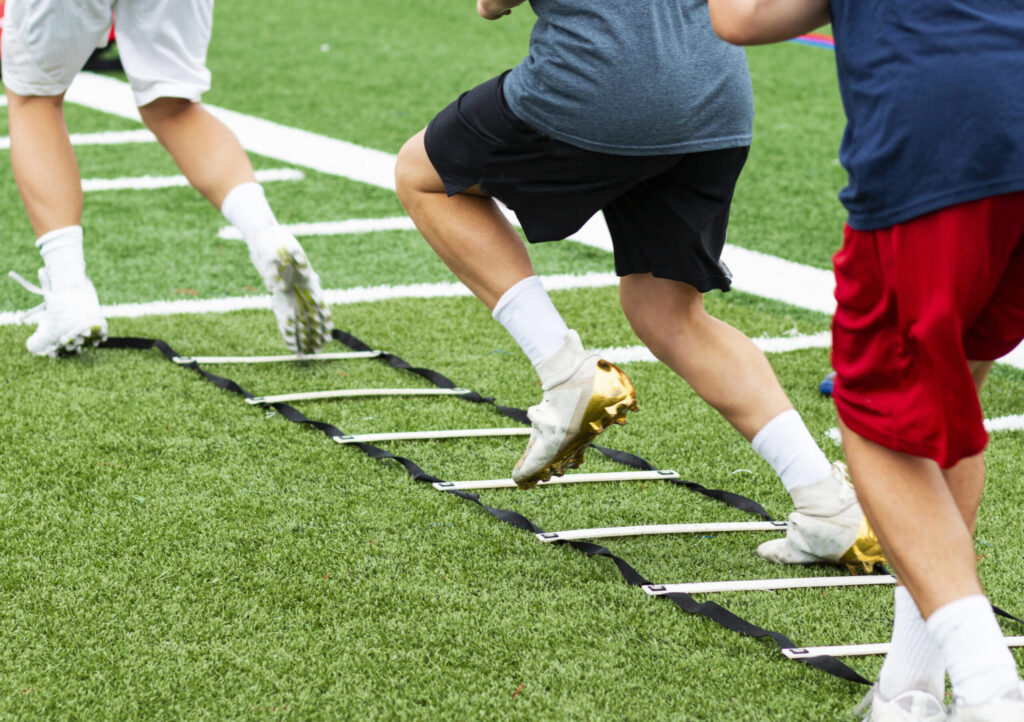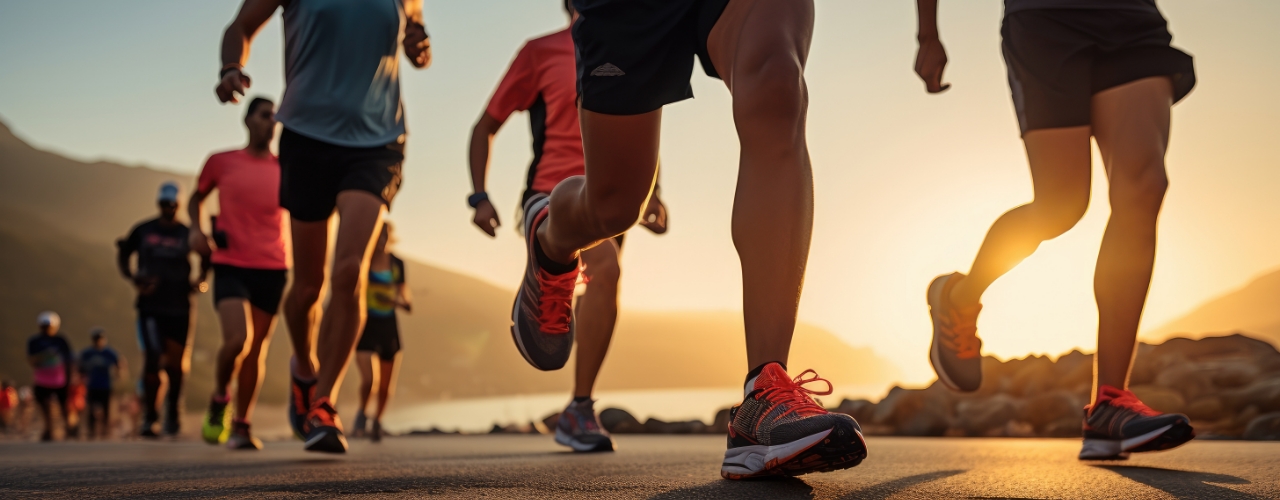Sports Programs May Look Different This Season But Your Methods & Mindset For Off-Season Training Should Never Change!

Since the onset of Covid-19, many different aspects of our lives have changed. One of the aspects that has been affected is our youth and high school sports programs. Student athletes are having their sports seasons drastically altered due to athlete volume restrictions and health safety concerns from our middle schools and high schools. Even with the alternation, or even cancellations, of fall sports this coming school year, it is important that athletes maintain a training regime that allows them to be physically ready to participate in full activity. This will allow greater sport performance, reduced risk of injury and heighted enjoyment of returning to their sport without struggling with lowered fitness levels. The concept of sports specific training can be broken down into a few separate categories that should be addressed in order to be healthy and prepared for participation.
One major aspect of training for sports readiness and performance is strength training. Musculoskeletal strength allows the athlete to be able to move their body safely at high velocities, absorb contact and other forces that the sports demands, and allow for better recovery from high intensity training sessions. Doing weight training 2-3 times per week, with enough time between sessions to recover, is more than an adequate stimulus to gain strength. Most athletes will need 48 hours between strength training sessions to recover from a proper weight training session. In a study by David J. Szymanksi et al, 2007 Journal of Strength and Conditioning, a 12 week medicine ball strength training program was used to increase the power and strength of baseball players. This significantly increased the athletic capacity of the players for their sports season and demonstrated that advanced equipment was not necessary to gain strength and power.
Next and arguably the most important layer of training is cardiovascular fitness or sports conditioning. Our student athlete sports typically demand a high level of fitness. They must be able to run, sprint, dodge and move efficiently for upwards of 60 minutes. Each sport has its own specific types of cardiovascular demands. Football is high intensity bursts of sprints with breaks after each play while soccer has high intensity bursts mixed with jogging or running. The unique qualities of the sports design mean that the conditioning should mimic the movements that occur during games or matches. Making sure that your athlete is doing the proper type of cardio-training 3-4 times per week, with enough time between sessions to recover, will set your athlete up for success!
One of the most neglected but ultimately important factors in training is flexibility and mobility training. Flexibility is the body’s ability to move muscle tissue through its range of motion while mobility is the ability to move a joint through its requisite range of motion. When an athlete is lacking in either one of these aspects it not only exposes them to incurring injury but decreases the ability to recover from exercise and limits the athletes speed and power. In a study by Hunter, J. P., and R. N. Marshall Med. Sci. Sports Exerc., Vol. 34, 2002, lack of flexibility in the lower extremities severely limited the athletes during vertical jumping performance. The ability to generate and control power is what makes an athlete good at their sport. Stretching and foam rolling are great ways to address flexibility while Pilates and Yoga based movements can be great for both mobility and flexibility.
Often overlooked is the key component of recovering from training. The ability to have a planned active recovery or rest day. Athletes adapt to the training that they are doing by repairing the musculoskeletal tissue and their cardiac muscle while sleeping or at rest. This is why it is always recommended that one of the seven days of the week be considered a rest or active recovery day. Active recovery can be varied depending on the athlete’s age, fitness level and experience but generally consists of low intensity, low stress, and therapeutic activities that promote recovery. Examples would be going on an easy long walk, light swimming or pool activities, and stretching/foam rolling. Anderssen HM, et al Medicine & Science in Sports & Exercise 2008, studied soccer players’ ability to perform and recover between matches. Those that did not have planned or enough recovery showed significant trouble with high intensity performance during competitive matches.
While our athletes’ sports have changed due to the recent pandemic events, that does not mean that they should not be prepared to play when activities start up again. The topics that were discussed are some of the roots and foundation of athletics. But a proper training regime needs to be tailored specifically to the athlete by a Certified Strength and Conditioning coach in congruency with the athletes coaches and health care providers.
1 comment
Comments are closed.


Your article helped me a lot, is there any more related content? Thanks!